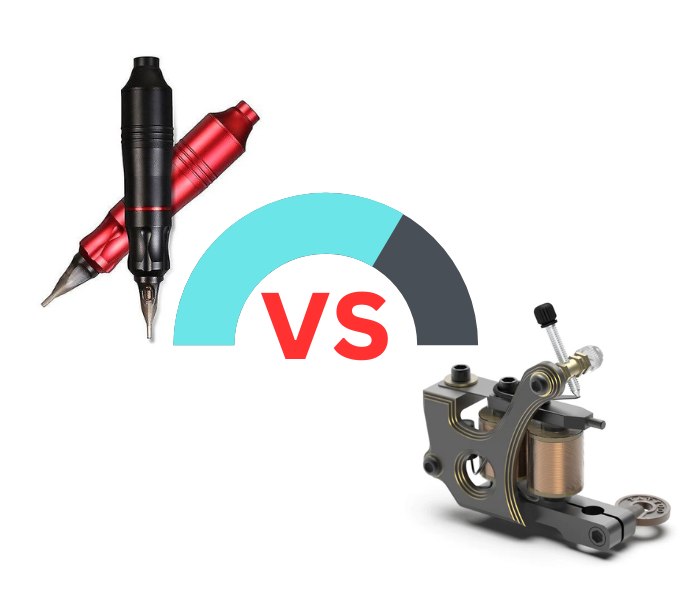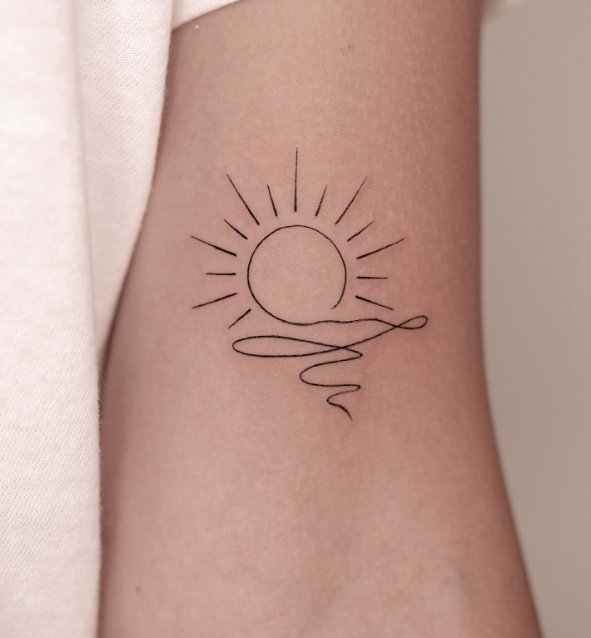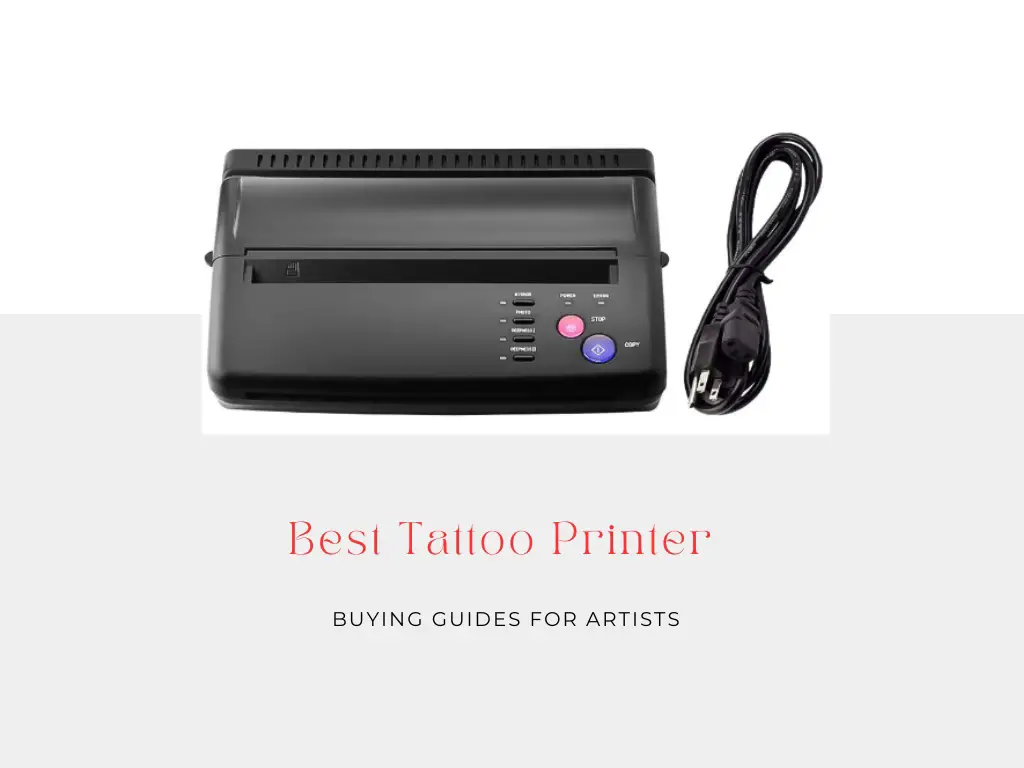Since the 20th century, tattoos have gained enormous popularity. This ancient form of body art was formerly shunned by society. It used to be done to isolate criminals, outcasts, and socially irresponsible individuals from others. But over time, it evolved into one of the most popular forms of body art, practiced by 20% of people worldwide. In the past, tattoos were applied by hand using needles to pierce the skin before applying pigment.
But, with the advancement of technology, tattoo artists are now able to create exquisite designs on the skin that are more delicate and perfect, even with intrinsic designs, by using machines. Coil or rotary-type machines are the two most common types of equipment used by tattoo artists. Before one intends to give their body to professionals and undergo the needles, it is best to have some knowledge about them.
Many people at the beginning of their tattoo career used to be confused regarding the Rotary machine and coil. And some people don’t know the differences properly. Today we are going to talk here about this famous confusion which one is better and why? Also, you can find out which one is going to be good for you.
Coil Machine
The coil machine is still a standard in the industry. At shops throughout the world, you may still hear the hum of a coil machine. Coils are still used by traditionalists and contemporary painters equally for line work and color packing. Artists who have only used rotary machines in the past are now becoming interested in the coil and what it can do. Even this machine can improve your skills as an artist. You’ve probably heard that the coil machine is a hard hitter even if you know very little about it. Coil machines are utilized so frequently for American Traditional work for a purpose (bold will hold after all!). Coil machines typically have a punchier hit than rotaries, resulting in bolder lines and more color packing. The heavy armature bar of a coil machine tapping needles into your client’s skin is a major driver of this momentum.
Rotary Machine
The industry leader in tattoo machines is quickly becoming the rotary machine. Furthermore, new developments in battery and machine technology will undoubtedly demonstrate an even bigger surge in the popularity of rotary machines. In the upcoming years, we can anticipate stronger machinery, batteries with longer lives, and reduced vibrations. The pattern of early rotary machines being less robust than coil machines has long since vanished. Top manufacturers today make potent, battery-operated rotary tattoo machines, such as FK Irons and Bishop. These state-of-the-art gadgets are competing with coil machines.
There are two types of Rotary Machine
One is direct drive rotary machines have a bar that is directly connected to the motor and functions similarly to a vehicle engine’s crankshaft. The needle bar slides back and forth as the motor rotates.
Another one is Rotary machines with the pen form are set up differently. The motor of direct drive rotary machines is positioned at a right angle to the needle. In contrast, the motors in pen-style machines are mounted above the drive and rotate a cam that forces the needle assembly out. The animals are moving up and down in circles, like on a carousel. As a result, the needle extends every time the cam is actuated.
Difference between Rotary and Coil
The notion of precisely placing the needles on the skin to allow the desired body art to the surface is the major distinction between these two types of devices. The armature bar that pushes the needles up and down while penetrating the skin is controlled by the electromagnetic current in coil tattoo machines.
Professional tattoo artists use coil machines because they are affordable and easily accessible on the market. Yet, when they’re working, they buzz more.
A little motor draws and releases the needles in the tattoo machines with rotary blades. The machine has a housing for the motor. While the machines are running, there is hardly any noise.
Since rotary machines offer more benefits than coil tattoo machines, many tattoo artists choose them over the latter. Using rotating tattoo machines, the impact on the skin is almost painless and incredibly smooth.
Key Differences
Shading: Experts claim that using rotary tattoo machines has many more advantages than using coil machines for lines and shading. In contrast to tattoo machines that use coils, rotary devices allow for smoother lines and more shading.
The flexibility of work
The coil machines’ major flaw is their ability to produce either lines or hues. Neither feature are present in a single-coil machine. Therefore, it is necessary to maintain separate machines for drawing lines or shady areas on the skin. Making ideal designs becomes challenging, and the investment doubles. Yet, it is possible to accomplish both lining and shading tasks with a single rotating machine. Only the needles themselves need to be chosen properly.
The power
Due to the slower recoiling, many tattoo professionals and enthusiasts believe that rotary machines have less punch than coil tattoo machines. As a result, using larger needles is more challenging than when they are utilized in coil machines. The rotary tattoo machines’ maintenance costs, however, are significantly lower than those of the coil tattoo machines.
Noise
Would you prefer to get a tattoo while wearing earmuffs because of the noise level? Okay, no. Unlike tattoo machines with coils, rotary machines operate quietly. The coil machines create bee noises, and beginner tattoo enthusiasts may become anxious and move their bodies, ruining the pattern and harming their skin. When compared to coil machines, rotary machines have significantly less itch and pain as the needles penetrate the skin.
Weight
Coil tattoo machines are larger than rotary tattoo machines because they contain two coins and iron rods. Controlling and moving the instrument over the target’s skin requires a lot of effort on the side of the tattoo artist, and any poor handling could seriously harm the target’s skin. Tattoo artists can use rotary devices with great precision because of their reduced weight. The artists can work continuously for a long time without feeling tired. Unlike coil machines, there are far fewer mistakes made when fiddling with the rotary machines to polish the patterns.
Control
The coil machines are heavy and clumsy, and only the pro workaholic can manage and juggle them with greater precision. Any artist can utilize rotary devices, keeping the barrier to entry low.
Modifications
The coil machines require precise modifications to make the designs flawless and appealing, whereas the rotary machines require fewer alterations for design perfection.
FAQ’s
- Is a coil machine good for tattoos?
Compared to rotaries, coil machines have a punchier hit, which frequently results in bolder lines and heavier color packing. The heavy armature bar of a coil machine tapping needles into your client’s skin causes momentum, which is mostly to blame for this.
- Which tattoo machine will be good for beginners?
Since rotary machines offer more benefits than coil tattoo machines, many tattoo artists choose them over the latter. By using rotary tattoo equipment, the impact on the skin is almost painless and incredibly smooth. So rotary is a good choice.
- Why do some artists prefer coil machines?
Coil machines are good for a professional hand not for everyone. It’s like a manual car. Production with coils has three key benefits: complete material optimization, optimum productivity, and automated manufacturing.
Conclusion
The rotary machine is far less harsh on the skin and quite simple to use. Yet, it lacks the punch and recoil that a coil machine provides. Hence, it is less effective when using larger needles. The rotary tattoo machine is popular for its quick needle movement and low maintenance requirements. With a coil maker, shading is typically simpler, though.
The coil is well-known for its beautiful line work, but using it requires a great level of ability. The coil has a lot of advantages, such as the ability to effortlessly create silky fine lines, but not being as low maintenance as the rotary.
Now there is no ideal solution when choosing between the two different types of machines; the key is to choose the tattoo equipment that best suits your unique tattooing style. It’s totally up to you and your preference what you want. I hope your idea is clear now.

My name is James Dalton specialize in developing research-based content on the fashion & lifestyle industry. And has good experience in tattooing. Tattooing is my hobby and worked for some years as a tattoo artist.




